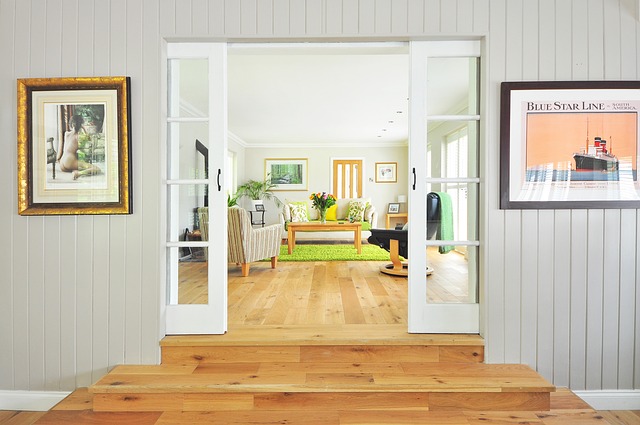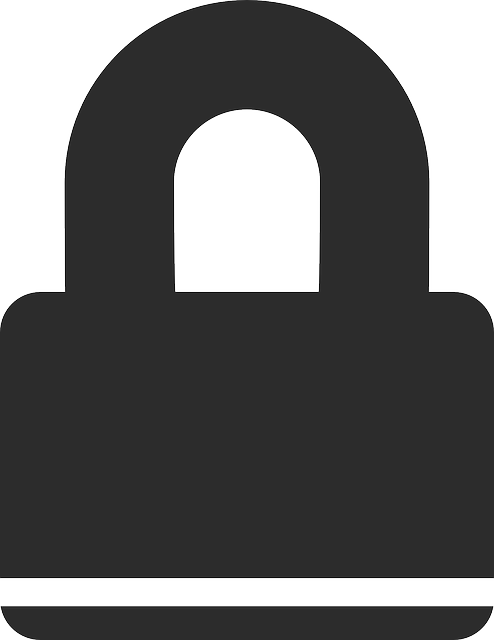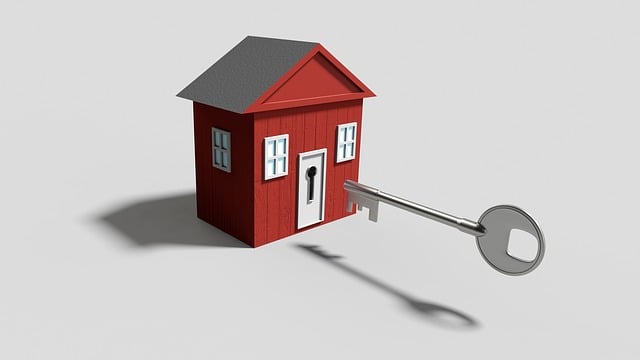Smart locks are revolutionizing the rental market by offering enhanced security and convenience. Renter-friendly options like keyless entry, Bluetooth connectivity, and Wi-Fi-enabled controls provide easy access for tenants while enabling landlords to remotely manage properties. These advanced locks streamline maintenance, offer robust protection, and cater to both landlords and renters' needs, making them a practical solution for secure and modern rentals.
In today’s digital era, enhancing security for rental properties is paramount. Traditional methods are no longer sufficient to deter theft or unauthorized access. This article explores the growing importance of tamper-proof smart locks in rental units, offering a comprehensive guide on how these innovations can revolutionize security. From keyless entry for rentals to Wi-Fi-enabled locks and Bluetooth smart locks, we delve into the benefits, types, and installation considerations for renter-friendly smart locks, providing insights into ensuring maximum safety without compromising convenience.
- Understanding the Need for Tamper-Proof Smart Locks in Rental Properties
- Benefits of Implementing Renter-Friendly Smart Locks
- Types of Smart Locks for Rentals and Their Features
- Installation and Security Considerations for Smart Locks in Rentals
Understanding the Need for Tamper-Proof Smart Locks in Rental Properties

In today’s digital age, securing rental properties has evolved with the introduction of smart locks. These innovative devices offer a significant upgrade from traditional key-based systems, providing both landlords and renters with enhanced peace of mind. By implementing smart locks for rental units, property managers can ensure keyless entry for rentals, eliminating the need for physical keys and reducing the risk of unauthorized access.
Landlords benefit from the convenience of remote lock management via Wi-Fi or Bluetooth technologies, allowing them to grant or revoke access as needed. Bluetooth smart locks for renters also empower residents with secure and convenient entry using their smartphones or unique codes, eliminating the hassle of carrying keys. Moreover, keypad locks for rental properties add an extra layer of security, ensuring that only authorized individuals can gain entry, thus maintaining a renter-friendly environment.
Benefits of Implementing Renter-Friendly Smart Locks

Implementing renter-friendly smart locks offers a multitude of benefits for both landlords and tenants in the rental market. One of the key advantages is enhanced security, as these advanced locks provide robust protection against unauthorized access, ensuring peace of mind for tenants and property owners alike. Smart locks for rental units allow for remote management, enabling landlords to grant access to prospective renters, show units efficiently, and even set personalized access codes, all without physically being present.
Moreover, keyless entry for rentals streamlines the process for tenants, eliminating the need for traditional keys or complex arrangements. Wi-Fi-enabled locks for apartments and Bluetooth smart locks for renters offer convenient and secure access through digital means, ensuring that only authorized individuals can enter the property. This technology also facilitates easy maintenance and updates, as landlords can remotely monitor and manage lock functions, making smart lock installation for rentals a practical and modern solution.
Types of Smart Locks for Rentals and Their Features

When it comes to securing rental units, smart locks offer a range of options designed specifically to meet the needs of landlords and renters alike. Renter-friendly smart locks provide keyless entry, eliminating the need for physical keys that can easily be lost or duplicated. Wi-Fi-enabled locks allow remote access and control through a smartphone app, giving landlords peace of mind when managing their properties. Bluetooth smart locks offer an alternative solution, providing convenient access while maintaining high security standards.
Additionally, keypad locks are a popular choice for rental properties, offering a secure and user-friendly way to manage access. Their digital interfaces allow for customizable codes, ensuring only authorized individuals can enter. Installation of these smart locks is a straightforward process, often requiring minimal disruption to the property, making them an attractive option for both landlords looking to enhance security and renters desiring convenience and control over their living spaces.
Installation and Security Considerations for Smart Locks in Rentals

Installing smart locks in rental units offers a range of benefits for both landlords and tenants. When selecting a suitable smart lock system, consider options designed specifically for rentals, such as keypad locks with easy-to-use touchscreens or Bluetooth models that pair seamlessly with mobile apps. These renter-friendly smart locks provide keyless entry, eliminating the need for physical keys and enhancing security.
During installation, ensure proper setup to maximize security. For Wi-Fi-enabled locks, a stable internet connection is crucial. Follow manufacturer instructions meticulously, especially when configuring access permissions. Regularly update firmware to patch security vulnerabilities. Landlords should also establish clear guidelines for tenants regarding code changes and access sharing, ensuring a secure and convenient rental experience.
Tamper-proof smart locks offer a secure and modern solution for rental properties, providing landlords and tenants with enhanced peace of mind. By implementing these advanced technologies, such as Wi-Fi-enabled or Bluetooth smart locks, you can ensure keyless entry for renters while maintaining strict control over access. Keypad locks for rental units further simplify the process, eliminating the need for physical keys. With proper installation and security considerations, smart lock systems can protect against unauthorized access and even help deter property damage. Embracing these renter-friendly smart locks is a step towards streamlining rental management and creating safer living environments.
